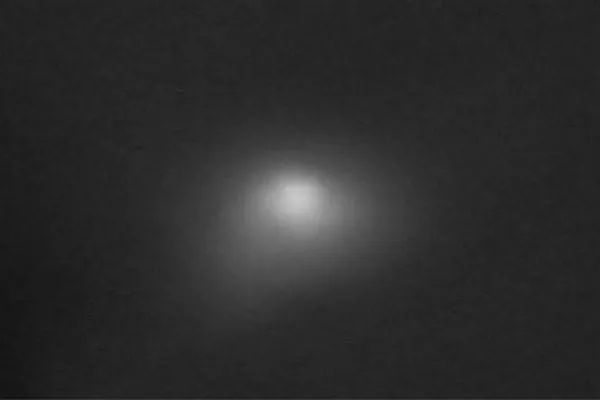From Jerusalem to Istanbul: A tradition becomes alive in time
Istanbul, June 19 (HNA) – Nestled on the captivating Bosporus straits, atop the remnants of an ancient temple dedicated to the Goddess Demeter or, as historical records suggest, the revered Mother of Gods Isis- they stumbled upon a truly remarkable religious and historical artefact, said Venizelos G. Gavrilakis, President of Venis Studios, Senior Expert Art Conservator and Restorer.
“It is preserved with particular piety and love within a Byzantine church dedicated to Saint Demetrius, whose history is revived in one of the most beautiful suburbs of the European side of Istanbul, Kuruçeşme”, said Gavrilakis and added:
“Built in the 15th century on the top of a lush green hill and rebuilt from its foundations in the 18th century, at the foot of that same hill where it is standing today, this miracle-making church, surrounded by the permanent melody of the running holy spring, brought us into contact with this rare and invaluable art.
“This is a masterpiece of the Jerusalem icon type or Pictorial Icon Stands of the Holy Land, as they are called. These were artworks that, according to the tradition, brought the pilgrims of the Holy Land as souvenirs to their homelands from the 18th century onwards, depicting countless presentations and miniatures from the life of Jesus Christ, the Virgin Mary, Saints and Prophets, the Church of Resurrection and the Walls of Jerusalem.”
History sources proved the origin of these artefacts from the manuscript icon stands of the 17th century, illustrated religious maps that served as illuminating travel guides to the visitors of the Holy Land said Gavrilakis, and added:
“An inscription uncovered through the cleaning of the painting states that the Ierosolimitiko or Agiotafitiko, which the Priest and the Church Committee entrusted us to conserve and restore, was painted in Jerusalem in 1861 and is indeed a dedication of a pilgrim of the Holy Sepulchre.”
Gavrilakis said, “One of the most exciting features of the artefact is that it is painted on canvas and not on wood, as is usual in the Byzantine tradition” and went on as follows:
“Egg tempera in preparation, with a popular, simplistic mainly style, but also including several Western-influenced elements, this painting strongly imitates the miniature technique and the very bright colours that characterise the manuscript icon stands of the 17th century, confirming their origin.
“We discovered the ‘Agiotafitiko’ in a state of distress, worn by time, adverse conditions, and previous interventions. We meticulously identified the extent of the wear through scientific research and study methods, outlining the damage’s type, size, and degree.”
British News Agency
















